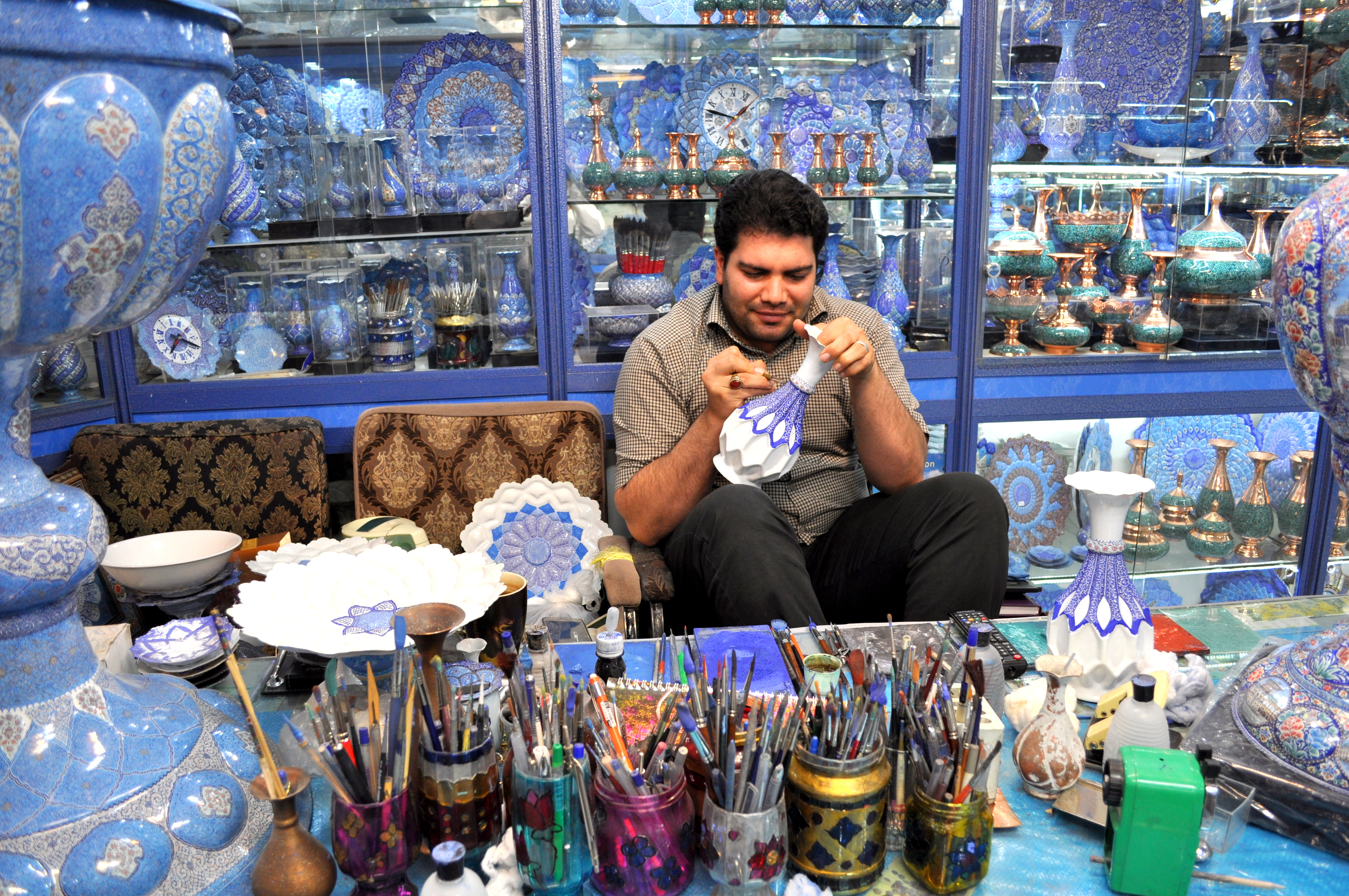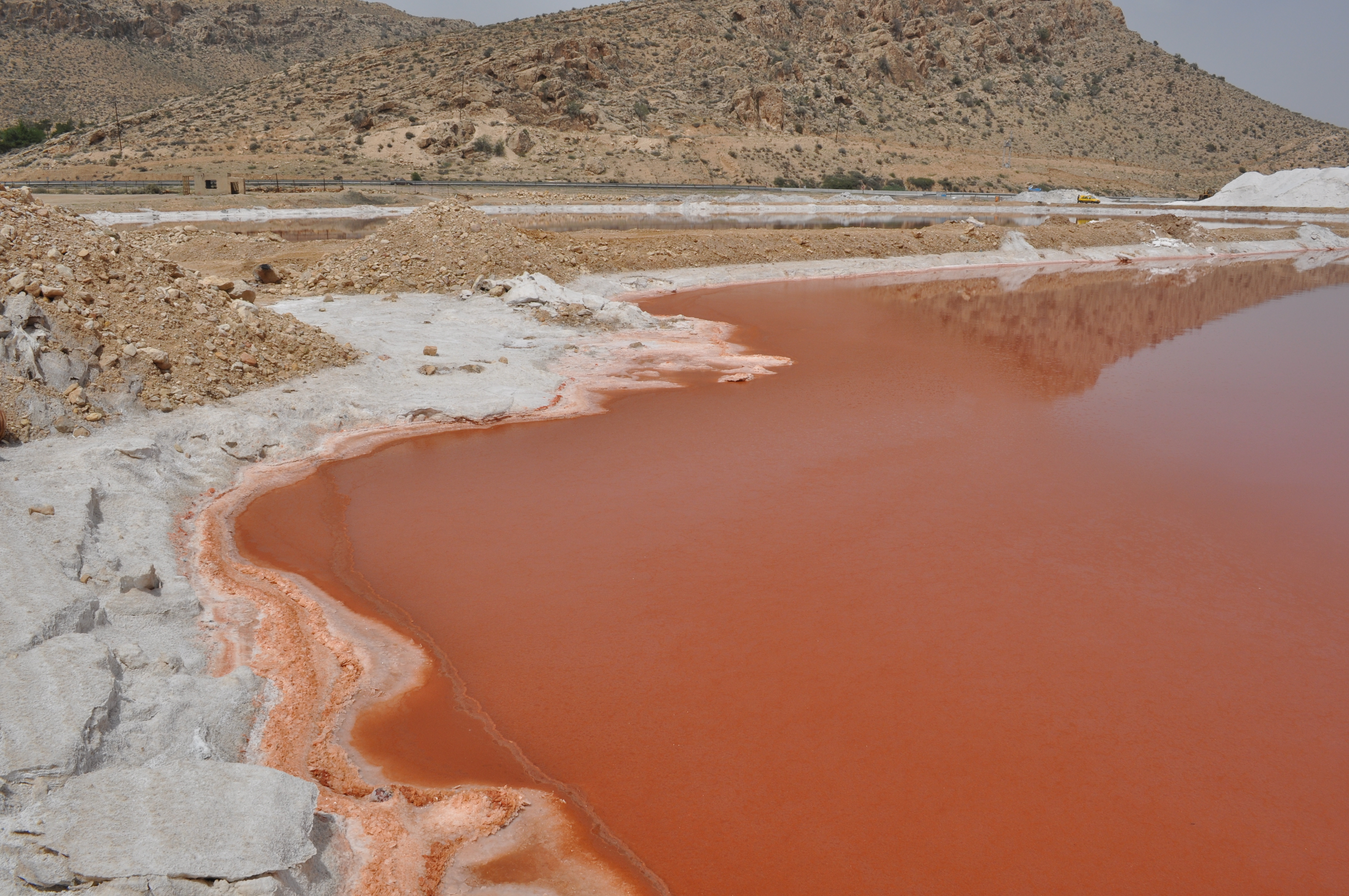“Welcome to Iran! Welcome to my country!” This is what tourists hear when having vacation in Iran. Iranians, an 81-million nation with almost 75 percent of population being under 35 years old, are extremely hospitable and open-minded. Being one of the youngest nations in the world, English-speaking locals eager to help tourists explore Iran, not expecting to receive anything back.
Locals love telling the history of their cities and villages, too, and there’s a lot to tell.
Iran, a Middle Eastern country north from the Caspic Sea, is the heritor of the Persian Empire, the cradle of civilization with an over 5,000-year history.
April and May are the best months to visit Iran as the temperatures are in the low 20s, and the trees are in bloom.
Beautiful cities
My trip started from Tehran, a capital, more than 15 million people with wealth of cultural attractions. Tehran is home for royal complexes of Golestan, Saadabad and Niavaran which impress with mirror mosaics and chandeliers, paintings and tilework.
Attractions outside of Tehran abound. Skiing is available even in the summertime, on the Tochal mountain, a part of the Alburz mountain range, 18 kilometers north from the city center.
For more adventurous souls, there’s sandboarding, which is available in Iranian deserts, Varzaneh Desert, located in the heart of the country, between the cities Isfahan and Yazd, is the closest to the city.
For farther out cities, look to Kashan, some 200 kilometers from the capital. It’s known for traditional Iranian merchant houses, which impress with beauty. Locals produce rose water which Iranians add to tea, and to the meals while cooking. There is Abyaneh village not far from Kashan known as the red village, attracting numerous native and foreign visitors.
Isfahan is famous by the second largest square in the world – Naqsh-e Jahan Square. It is listed on UNESCO World Heritage Sites, along with other 18 Iranian attractions.
Yazd is a very charismatic city with nice mosques and Atash Behram, a fire temple where Zoroastrians practice their religion.
Shiraz, a city in south-central Iran, requires several days of stay to explore. There is a picturesque mirror mosque Shah Cheragh and Nasir al-Mulk mosque famous by colored glass facade. The most ancient sightseeing in Iran, Persepolis, is 60 kilometers from Shiraz.
Maharloo Lake, a salt lake 27 kilometers southeast of Shiraz, has amazing rose-pink water.
Exploring Iran
Iran is a big nation and has the second largest population in the Middle East with 81 million people. Its major cities are connected by internal flights and comfortable buses. Tourists can take a plane from Shiraz back to Tehran – a one-way ticket costs about 50 euros, and doesn’t need to be purchased in advance.
Within the cities, tourists can use the yellow cabs taxi, or download Snapp, a local analogue to Uber, which costs less.
Iranian currency is rials, the exchange rate is different across the country and it increases towards its south. However, hotels accept euros and dollars, as well as some local markets.
Ukrainians need visa to go to Iran, it costs 55 euros, or 110 euros if urgent. Visas can be obtained from the Iranian Embassy in Kyiv or upon arrival at the airport in Tehran.
Head towards the bazaar, or market, for enjoyment. There is one in every city and it is the perfect place to sense the local atmosphere and lifestyle, and buy spices, handmade carpets, tablecloth and more.
Handmade products are a calling card of Iran, and many local craftsmen sell Meenakari goods – cups, pans, plates, vases and metal trays with specific traditional ornaments and patterns. Another popular product that is hard to resist buying is Iranian handmade rings with locally-mined stones, the most famous ones being turquoise and lazurite.
Hardly anyone can stay indifferent towards Persian carpets. Multicolored, in all sizes, simple or with intricate patterns, like kaleidoscope, they’re iconic. A silk mid size carpet costs up to 2000 euros.
It’s highly recommended to stay in Iranian traditional houses, renovated merchant houses with nice yard where guests can relax and enjoy a cup of tea. Housing can be found very easily at snapptrip.com, when you find nice house feel free to send a message to whatsapp, they are very responsive in this messenger.
Iranians love tea, they have thermos with tea in their cars, stores and they are always ready to welcome you with a cup.
The country is rich with dried fruits and nuts – pistachios, almonds, hazelnut and cashew. Iran cuisine that includes such dishes as lentils soup, mutton kebab, lambs and camel meat, is delicious. Many are used to eating outdoors – having picnic with family and friends, and they tend to invite a passerby to join them.
Female tourists need to follow Iranian dress code – to wear headscarf and a long sleeve dress with legs covered. Men will not be allowed to enter the mosque in shorts, so they have to cover their legs, too.
Travelling to Iran is an opportunity to get the sense of the ancient culture. Moreover, Iranians use Persian calendar, and it is 1396 year there currently, so the trip to Iran is literally traveling in time.




